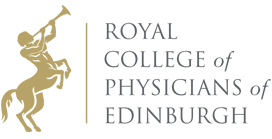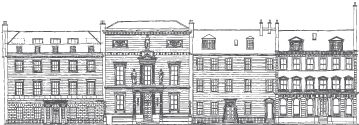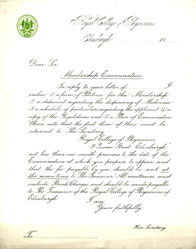Membership Examinations

OverviewThe early years: Licentiates The first examinations of the Royal College of Physicians of Edinburgh date back to the year of founding when, in December 1682, Licentiates were required to pass a three-part examination. The first part of the examination formed the basis for the subsequent ‘tryalls’. Council minutes from later years state that ‘the examination shall be conducted partly viva voce, partly by written papers, and, whenever practicable, shall consist in part of the actual examination of patients suffering under disease’. As with Part 2 Clinical in the current examination, the third component of the exam was to assess candidates’ clinical skills. Membership: a new category Methods of assessment Thereafter Council debated the form which the examination should take and in 1881 designed a a predictably male-oriented template that was destined to survive for many years: ‘The candidate shall appear in the morning at the Royal Infirmary, and shall have a case submitted to him, for the examination of which one hour will be allowed. He shall then be conducted to the College where he shall write out a full account of the case, with a commentary thereon and shall answer in writing questions in therapeutics; for the written examination, three hours shall be allowed. At four o’clock of the same day he shall appear for oral examination, which will last one hour, and shall be conducted by two examiners, one being the clinical physician from whose ward the cases were selected, the other an examiner appointed by the Council. Should the candidate be successful at this examination, he shall on the following day appear for examination in the other subject selected by him. This shall be conducted in writing and orally by two examiners selected by the Council, three hours being assigned for the written, one for the oral examination.’ At that time the number of candidates did not justify the appointment of a permanent board of examiners, but things were set to change. After demobilisation in the Second World War, service medical officers were quick to enrol and from 1948 the many new National Health Service posts requiring candidates to possess a higher diploma led to a rapid increase in the number of MRCP Edin candidates. An accommodation crisis led to the use of university rooms for the written examinations and 13 hospitals in Edinburgh, five in Glasgow and two in Dundee and Peel (now the Borders General Hospital) satisfied the increasing demand for clinical places. |


